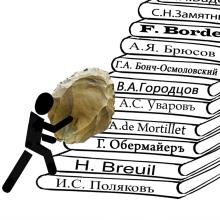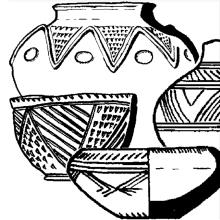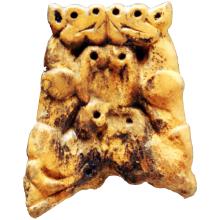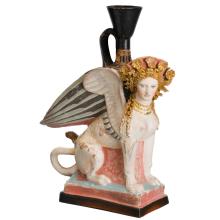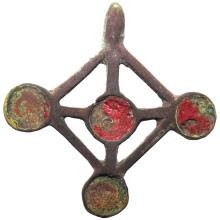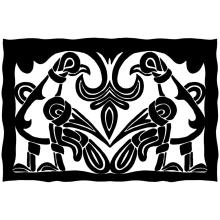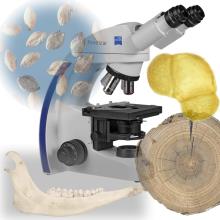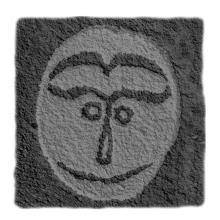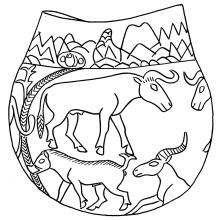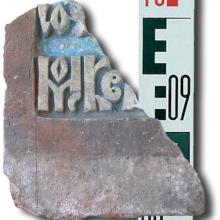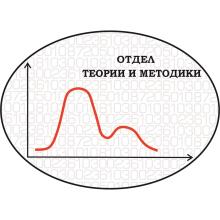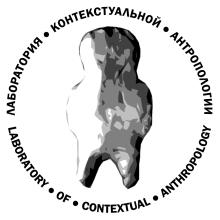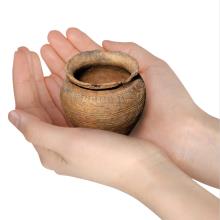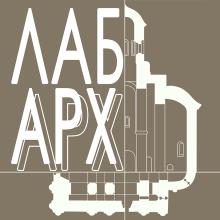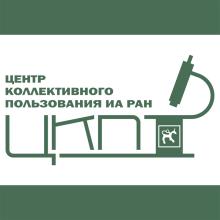Guidelines for Authors
Authors should contact the editorial committee at architectural.archeology@yandex.ru (or zakomara@yandex.ru, jin-arx@yandex.ru, elreserva@ya.ru) to submit the papers for publication.
Below are the overall editorial policies for Architectural Archeology Journal. Famaliarize yourself with them before submitting the paper:
1. For the main body, Architectural Archeology Journal prefers to receive a single complete file in Word’s .docx format. The file should be named as "Surname_text" and include the following parts: — main text of the article; — list of references (see below, p. 5); — a list of figure captions (see below, p. 4); — abstract (up to 700 characters and spaces); — keywords (up to 7–10 words and phrases); — author’s information (see below, p. 6); — list of abbreviations.
So that we can easily identify the parts of your paper, please place each section on a separate sheet. The total volume of all listed text materials should not exceed 40,000 characters and spaces.
2. While working with a Word’s file, use Times New Roman font (size 12) and 1.5 spacing throughout the text; text formatting should be automatic. In the title, initials should be placed before the author’s surname. The name should be written in capital letters.
3. The supplementary materials should be submitted in separate .tiff or .jpg files (they should be named "Author’s surname_1.tiff", "Author’s surname_2.jpg", etc.). Please do not insert them into the text of the article. The number of figures should not exceed the number of pages of the text of the article divided by 2. The files should be numbered according to the order in which they are mentioned in the text of the article. In the text of the article, markup (links to numbers) of figures is required. For black-and-white illustrations, numbering is to be given in Arabic numerals, and links inserted into the text should have the following form: (Fig. 1: a, b), (Fig. 2). For colour illustrations, numbering is to be given in Roman numerals, and links should have the following form: (Fig. I on a colour insert: a, b), (Fig. II on a colour insert). All black-and-white illustrations should be scanned using greyscale mode, at a scale of 1:1, with photographs at a resolution of at least 300 dpi, and line arts at least 600 dpi.
4. The figure caption should contain the following information: object, title of the illustration, author, date and location of archival materials (collection, city/country).
For example:
Fig. 1. Znamenskaya (Pyatnitskaya) Church in Vladimir. Archival photograph, 1958. View from the north;
Fig. 2. St. George's Cathedral of Yuryev Monastery. Plan according to the intermediate results of works on the floor. Drawn by A. A. Popova, 2014
The caption should contain a brief description of all symbols in the figure. Figure captions and legends are not to be inserted into the graphic file.
5. The list of references is to be given in alphabetical order and consist of two parts. The first part should include publications in Cyrillic, and the second one — in Latin. The titles of field research reports are to be included in the general list. The list of references is to be compiled in the usual bibliographic order. When referring to a book, the number of pages should be indicated, as well as the range of pages of the publication, when referring to an article or section of a monograph. The responsible editor of the book is to be indicated necessarily, as well as the place of publication and publisher (in very this order). The works of one author are to be arranged in chronological order. When referring to different works of the same author, published in the same year, letters are added to the year in alphabetical order in the bibliographic list and in the text of the article.
For instance:
Karasev A.N. The development of building and stone-cutting craft in the ancient cities of the Northern Black Sea region (VII–I centuries BC) // Issues of the history of the Northern Black Sea region during the ancient era / Executive editor A. P. Smirnov. Moscow: Publishing House of the Academy of Sciences of the USSR, 1959. PP. 126–138.
Maslennikov A.A. Report of the East Crimean Archaeological Expedition of the IA RAS of the 1994 // Scientific Archive of the IA RAS. R-I. D. No. 19540. 225 S.
Sedov V. V. Stair tower in Bogolyubovo (based on excavations of 2015) // KSIA (Brief Reports of the Institute of Archaeology). 2017a. Issue 249, part II. PP. 131–150.
Sedov V. V. Northern portal of the Church of Nativity of the Holy Virgin in Bogolyubovo // KSIA. 2017b. Issue 246, PP. 56–69.
Böhmer J. F. Regesta imperii. bd. IV, 2. Vienna; Koln: Böhlau Verlag, 1991. 305 S.
Coden F. Sguardo d'insieme all'architettura umbra del Duecento // L'Umbria nel XIII secolo. Spoleto: Centro italiano di studi sull'alto Medioevo, 2011, PP. 333–420.
Lo Sardo E. E. Kircher's Rome // Athanasius Kircher: The Last Man Who Knew Everything / ed. P. Findlen. New York; London: Routledge, 2004. PP. 51–62.
The author's surname (in the language of publication) or abbreviated title (if the publication does not have the author), the year of publication, a link to a page, figure or table — all these should be indicated in brackets in the main text of the article. For example: (Karasev, 1959, P. 135). References to sources, such as original works of ancient authors, archival materials (except field reports) and museum collections, are to be given in brackets in the text and should not to be included in the list of references. For example: (PSRL, II, 6660).
6. The article is accompanied by author's(s') information indicating the surname, first name and patronymic, academic degree, full postal address and full name of author’s affiliation, telephone number (for operational communication, not for publication), e-mail address and date of submitting the paper.


